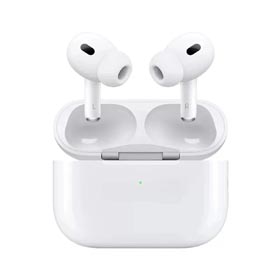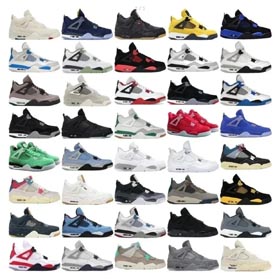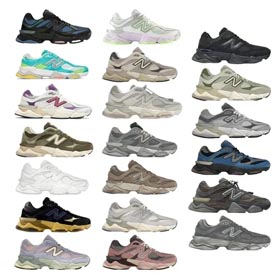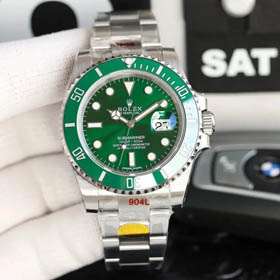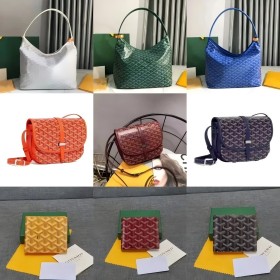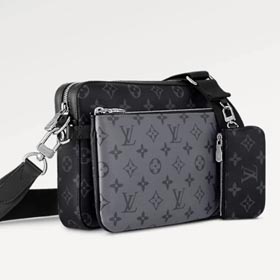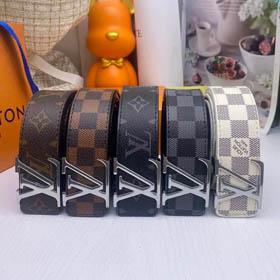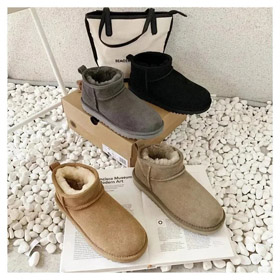The Impact of Reverse Purchasing Platforms on the Luxury Watch Market: Rolex, Patek Philippe, and Cartier
The luxury watch market has long been a symbol of prestige, exclusivity, and meticulous craftsmanship. Brands like Rolex, Patek Philippe, and Cartier have dominated this space, with their timepieces often seen as investments rather than mere accessories. However, the rise of reverse purchasing platforms—sites where consumers can sell or buy high-end goods directly—has begun to disrupt this traditional market. This article explores how these platforms are impacting the consumption of luxury watches, focusing on pricing, style availability, and how buyers can navigate this evolving landscape.
The Rise of Reverse Purchasing Platforms
Reverse purchasing platforms, such as those found on oksheet.net, have gained popularity as they offer consumers a way to buy and sell luxury items without relying solely on traditional retailers or auction houses. These platforms often provide a more streamlined, transparent, and cost-effective way to acquire high-end watches. Sellers can list their pre-owned or new watches, while buyers can browse and purchase directly, often at prices significantly lower than retail.
Impact on Pricing
One of the most noticeable effects of reverse purchasing platforms is on the pricing of luxury watches. Traditionally, Rolex, Patek Philippe, and Cartier watches were sold through authorized dealers, with prices tightly controlled. However, with the rise of these platforms, a secondary market has emerged where prices are more fluid and subject to market demand. This has led to a decrease in the exclusivity of certain models, as more consumers can now access watches at competitive prices.
For instance, a Rolex Submariner or a Patek Philippe Nautilus, which might have been difficult to obtain at retail, can now be found more readily on these platforms. However, the increased availability has also led to fluctuations in resale value, making it crucial for buyers to monitor market trends before making a purchase.
Style and Model Availability
Reverse purchasing platforms have also expanded the variety of styles and models available to consumers. In the past, certain limited-edition or discontinued models were nearly impossible to find on the open market. Now, these platforms have become hubs for rare and vintage pieces, allowing collectors to acquire watches that would otherwise be inaccessible.
For example, Cartier’s iconic Tank or Santos models, which have seen various iterations over the years, are now more easily sourced in their vintage forms. Similarly, Patek Philippe’s grand complications—a category of highly complex watches—are increasingly available, albeit at premium prices. This expanded availability has not only broadened the market but has also influenced consumer preferences, as buyers can now explore a wider range of styles and models.
Market Trends and Buying Timing
With the shift brought about by reverse purchasing platforms, timing has become a critical factor for buyers. Here are a few tips on how to navigate this new landscape:
- Monitor Market Trends:
- Understand Model Rarity:
- Consider Pre-Owned Options:
- Stay Updated on Releases:
- Understand Model Rarity:
Conclusion
The rise of reverse purchasing platforms has undeniably shaken the foundations of the luxury watch market. By offering more competitive pricing, a wider variety of styles, and greater access to rare models, these platforms have democratized luxury watch buying. However, with this increased accessibility comes the need for vigilance. Buyers must stay informed about market trends, model rarity, and the best timing to make their purchases. By doing so, they can navigate this new era of luxury watch consumption with confidence and savvy.
For more insights and detailed market analysis, visit oksheet.net, where you can explore the latest trends and opportunities in the world of high-end timepieces.
```
